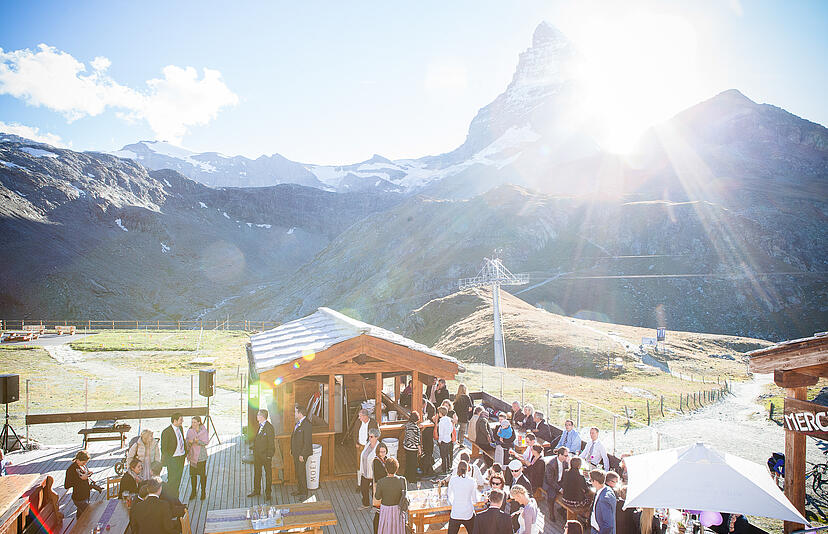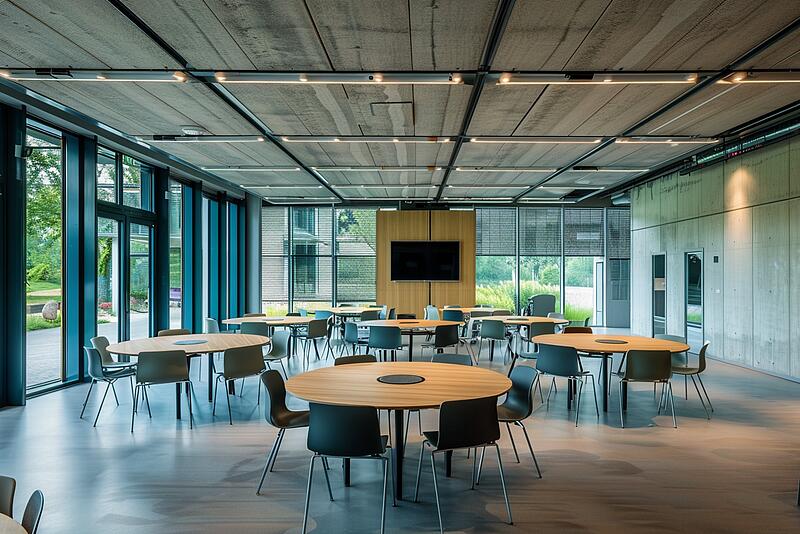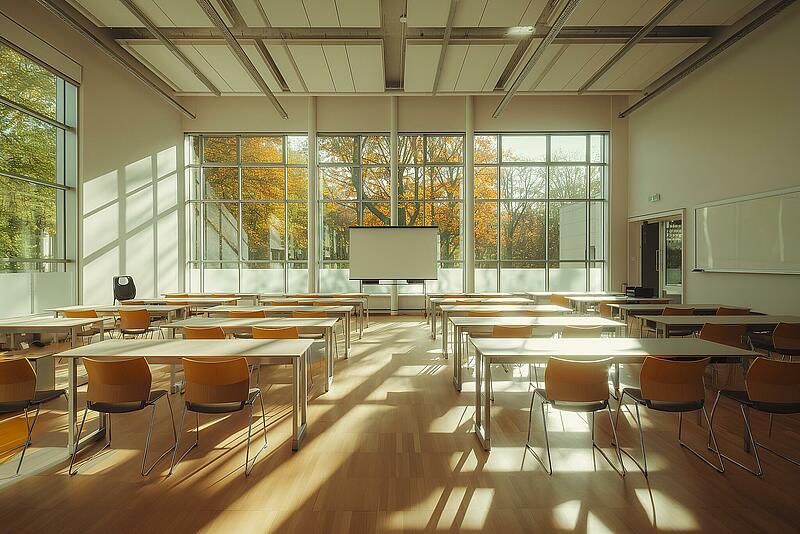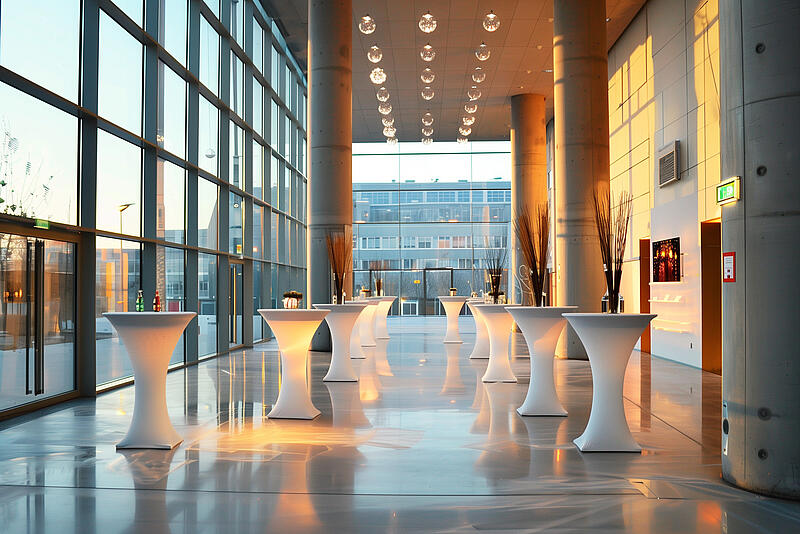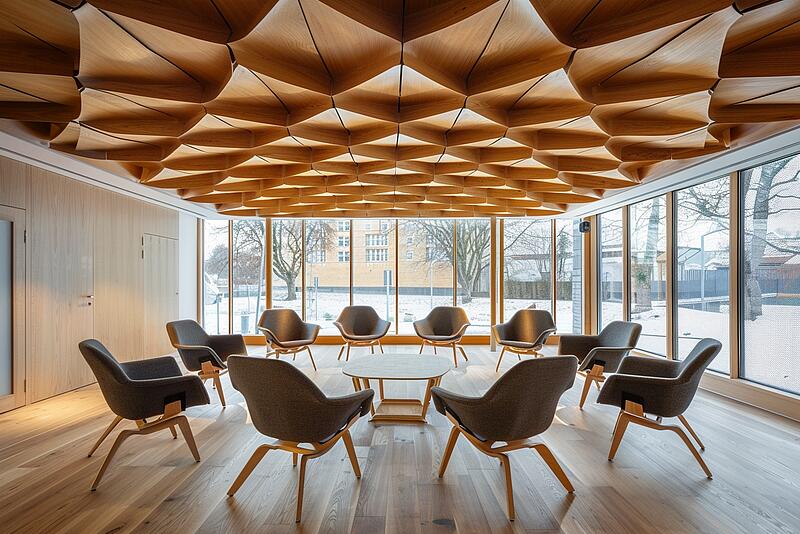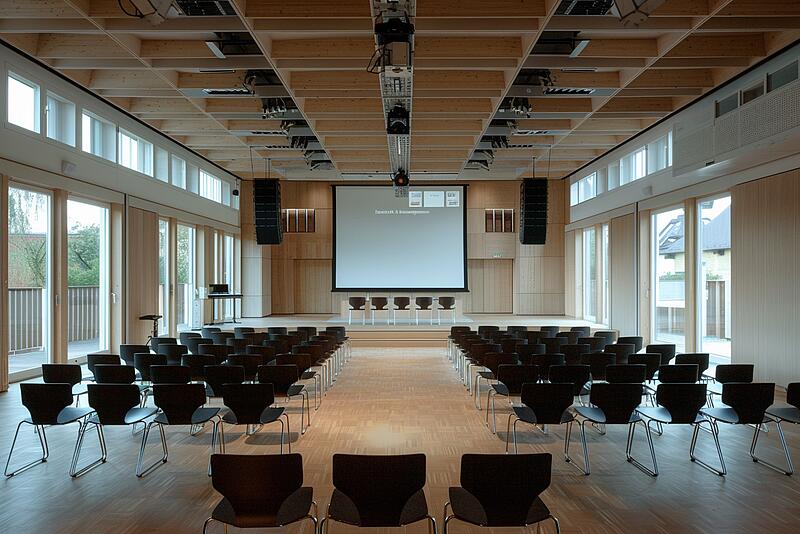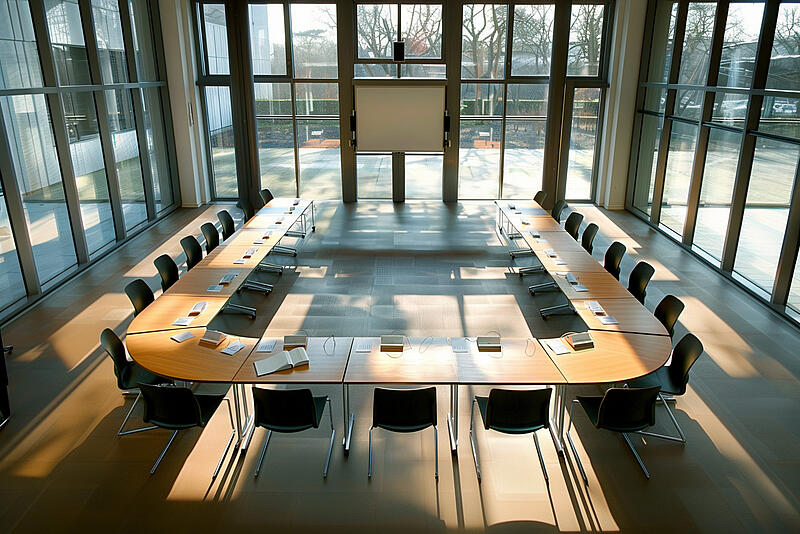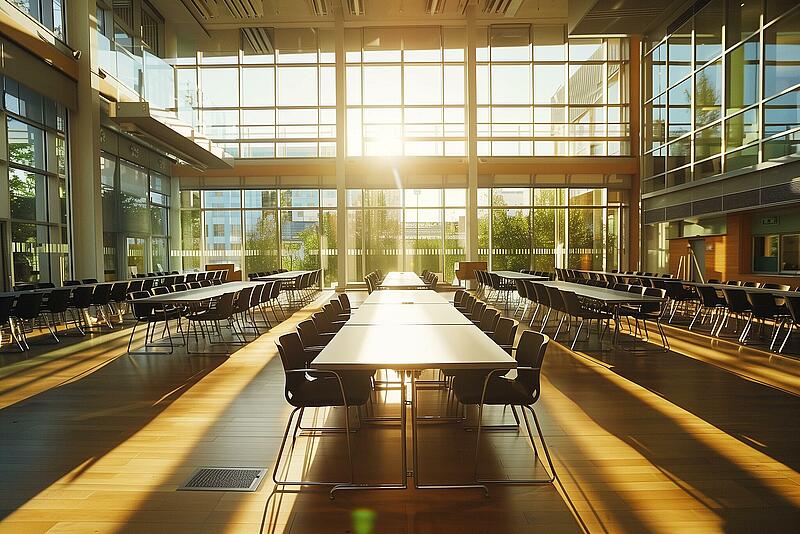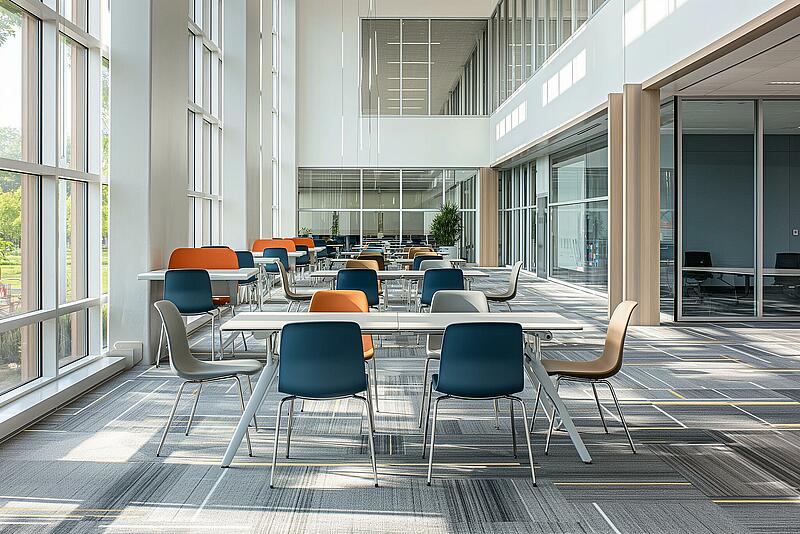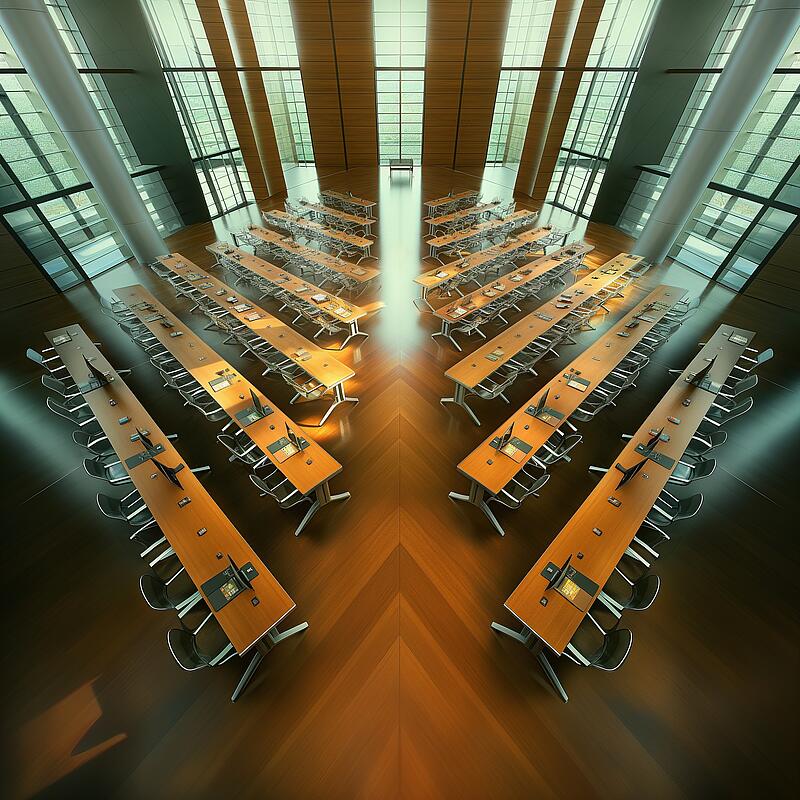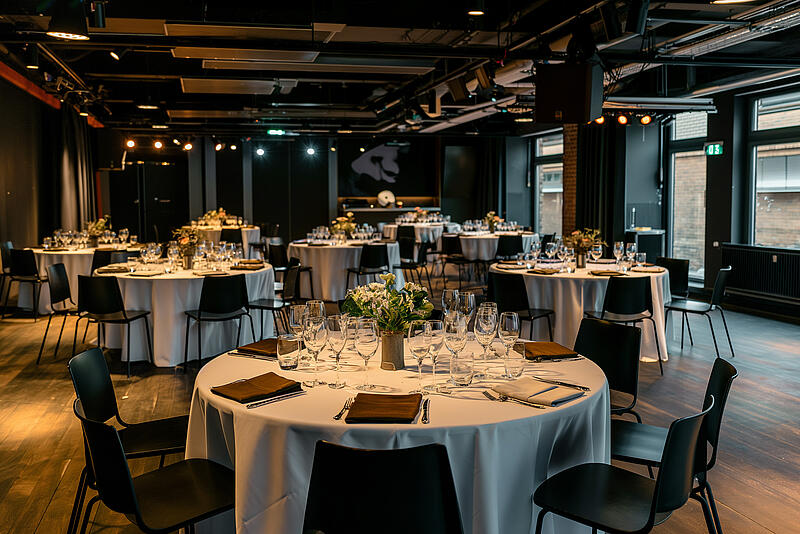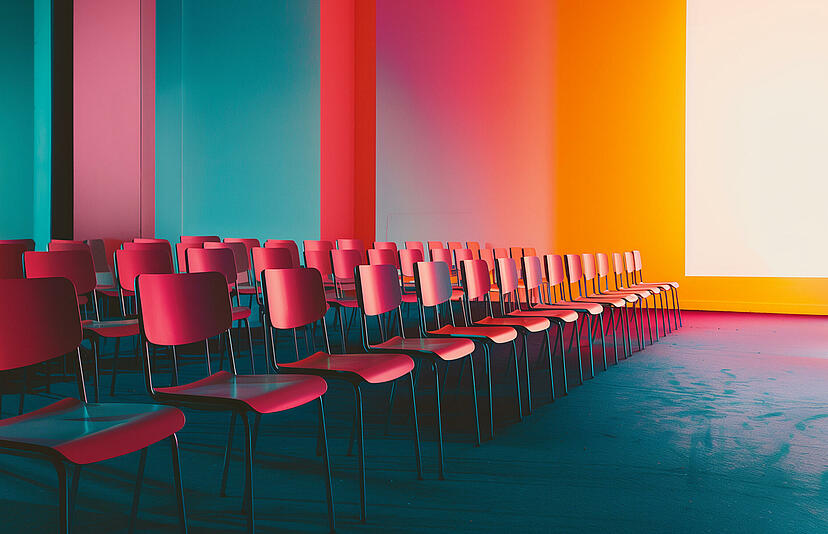The choice of seating is a decisive factor for the success of your event. It not only influences the atmosphere and the well-being of the guests, but also the interactivity and general flow of the event. In this article, we present six popular types of seating and give you tips on how to find the ideal arrangement for your event.
Comparison of seating types
How to choose the right set-up for your event.

The way chairs and tables are arranged can have a significant impact on how attendees interact with each other and the event. Well-designed seating not only promotes communication and comfort, but can also enhance the overall impact of your event.
Below we present a variety of seating styles - from classic to creative - to help you create the perfect atmosphere for your event.
Each type of seating has its own advantages and is suitable for certain types of events and objectives.
Banquet
Banquet seating is ideal for festive occasions such as weddings, gala dinners or award ceremonies. Round tables encourage socialising and interaction between guests. This arrangement offers a great deal of comfort and enables a sophisticated culinary experience. Make sure you leave enough space between the tables so that guests can move around freely.
Parliamentary
In a parliamentary seating arrangement, the tables are arranged in rows and the chairs face the stage or the speaker. This arrangement is particularly suitable for conferences, seminars and workshops where notes need to be taken. It encourages concentration on the speaker and at the same time enables interactive participation.
Standing
A standing reception arrangement is perfect for informal networking events, receptions and breaks at conferences. It encourages guests to wander around, promotes interaction and allows more people to be accommodated in a room than would be possible with seating. Be sure to provide some high tables so that guests can put down their drinks.
Theatre
Theatre seating, where rows of chairs are arranged directly behind each other, maximises the capacity of the room and is ideal for lectures, presentations or performances where the audience's attention is mainly focused on the stage or a central point. However, this arrangement requires that special attention is paid to good sightlines and acoustics.
Block seating
Block seating is ideal for meetings, workshops and smaller conferences where the focus is on group work. Tables are joined together to form a large block or square so that all participants can see each other and communicate directly. This arrangement promotes teamwork and facilitates discussion in a focussed atmosphere.
Boardroom
The boardroom arrangement, often referred to as conference style, is classic for business meetings, board meetings and decision-making processes. A large table provides space for all participants to sit opposite each other, facilitating direct dialogue and communication. This seating exudes professionalism and is perfect for formal occasions.
Carré
Similar to the U-shape, but closed, the Carré seating forms a square or rectangle with tables on all sides. This arrangement is particularly suitable for discussions, brainstorming sessions and interactive workshops where every participant is equally involved in the dialogue and can see each other.
Herringbone
Herringbone seating, where tables and chairs are arranged at an angle to each other, resembles the arrangement of herringbones and optimises the view of the presentation area or stage. It is particularly popular for conferences and teaching events as it can accommodate a large number of participants without compromising sightlines.
Cabaret
Cabaret seating combines elements of banquet and theatre seating and is perfect for events where food is served but presentations or performances are also part of the programme. Guests are seated at round tables with a view of the stage, while the back of the table remains free to facilitate interaction and eye contact with the action.
Seating types in your EventButler entry
With the right seating, you can significantly influence the atmosphere and interaction at your event. With your Eventbutler entry, you have the option of displaying different types of seating and their capacity. Make use of this option to show your customers the different types of seating at your venue.
If you are not yet present on EventButler, then start right away and create an entry for your location.
We look forward to seeing you!
Event planning made easy: FAQs on seating types
Ideal for social occasions, as it encourages socialising among guests.
It is orientated towards the presenter and is particularly suitable for conferences, as it enables discussion and note-taking.
For informal networking events, as it encourages interaction and freedom of movement for participants.
It is ideal for workshops and discussions as it facilitates eye contact and communication between participants.
It maximises audience capacity and focuses attention on what is happening on stage.
Ideal for social occasions, as it encourages socialising among guests.
What characterises parliamentary seating? //
It is orientated towards the presenter and is particularly suitable for conferences, as it enables discussion and note-taking.
When should standing seating be chosen? //
For informal networking events, as it encourages interaction and freedom of movement for participants.
How does U-shaped seating encourage interaction? //
It is ideal for workshops and discussions as it facilitates eye contact and communication between participants.
What is the advantage of theatre seating? //
It maximises audience capacity and focuses attention on what is happening on stage.
How do you choose the right type of seating?
Event type and goal
Every event is unique - and so should the seating. An awards ceremony requires a different approach than an interactive workshop. Think about what the main goal of your event is and how the seating can contribute to achieving this goal.
Number of participants
The number of guests has a big influence on the choice of seating. While a U-shape may be ideal for smaller groups, theatre seating is better suited for large gatherings. Plan wisely to ensure that every guest gets the best possible space.
Room size and layout
Not every room can accommodate every type of seating. Consider the size and shape of the room to determine the most effective arrangement. Use sketches or planning tools to run through different layouts.
Room planning
Thorough space planning is essential. Carry out walk-throughs and create detailed plans to avoid surprises on the day of the event.
Technical requirements
Seating can also affect the technical needs of your event. Make sure that every participant has a good view of presentations and that the acoustics are optimal for everyone.
Comfort and accessibility
Your guests should not only feel welcome, but also comfortable. Make sure there is enough legroom and accessibility, especially for guests with special needs.
The choice of seating is a decisive factor for the success of your event. It not only influences the atmosphere and the well-being of the guests, but also the interactivity and general flow of the event. In this article, we have presented six popular types of seating and given you tips on how to find the ideal arrangement for your event.
EventButler Blog
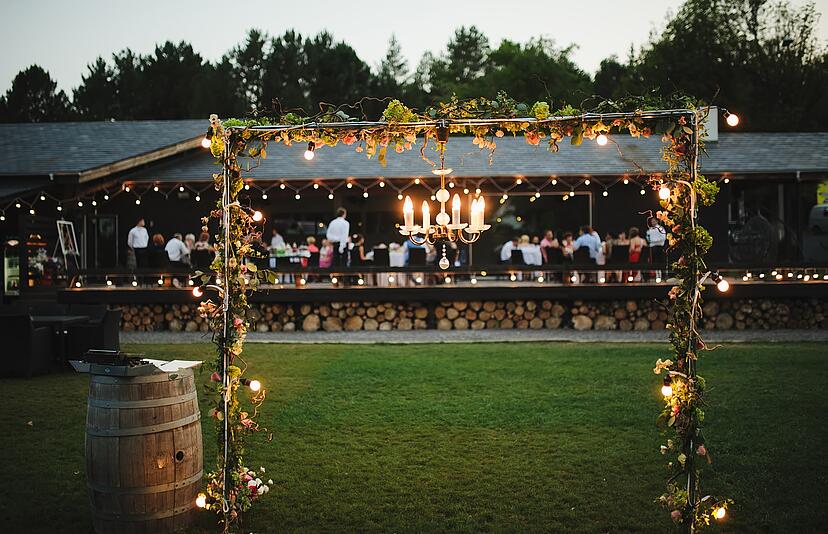
The right event location for every celebration (event planner 2024)
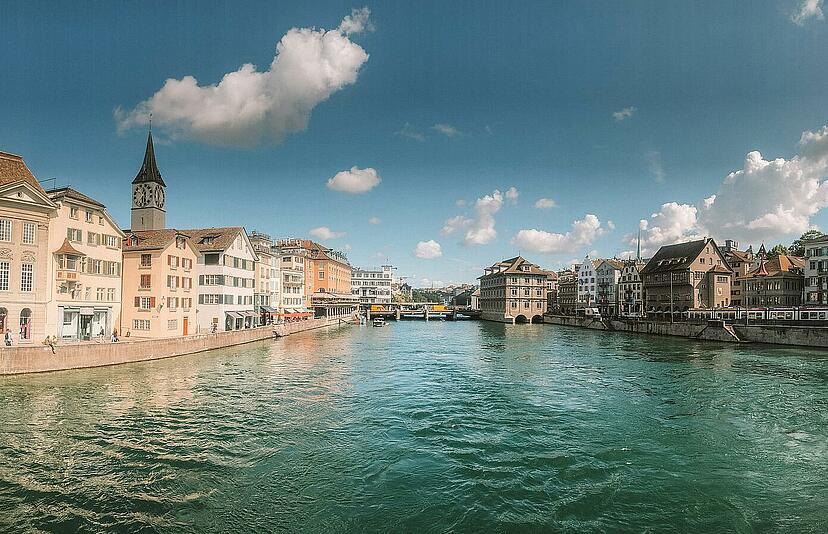
Discover Zurich's rooftop terraces: My top 10 rooftop locations
![[Translate to 02 - Schweiz - en:] Seminarplaner Schweiz](/fileadmin/_processed_/8/2/csm_shutterstock_377870692_5b14b4728f.jpeg)
Swiss Seminar Planner: Your Guide to Successful MICE Events
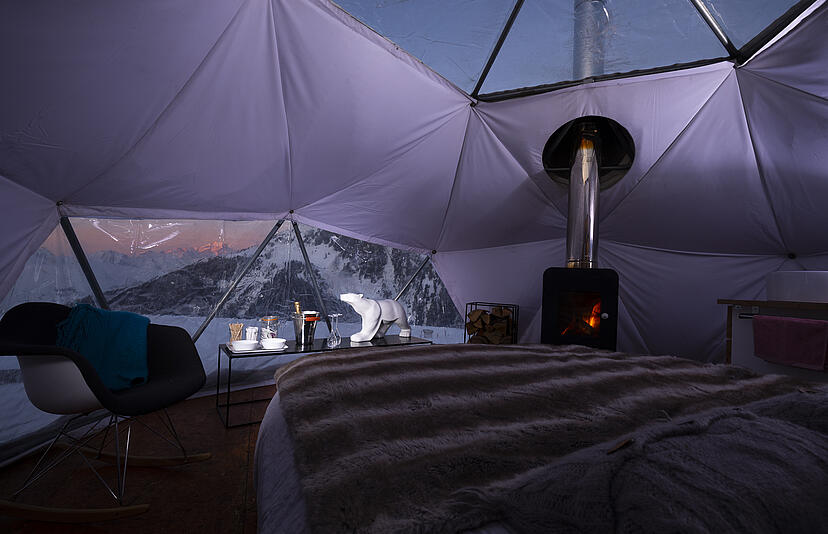
Enchanting Igloos as unique Event Locations in Switzerland

Eine Wasserregion par excellence

Versteckte Perlen im Kanton Bern
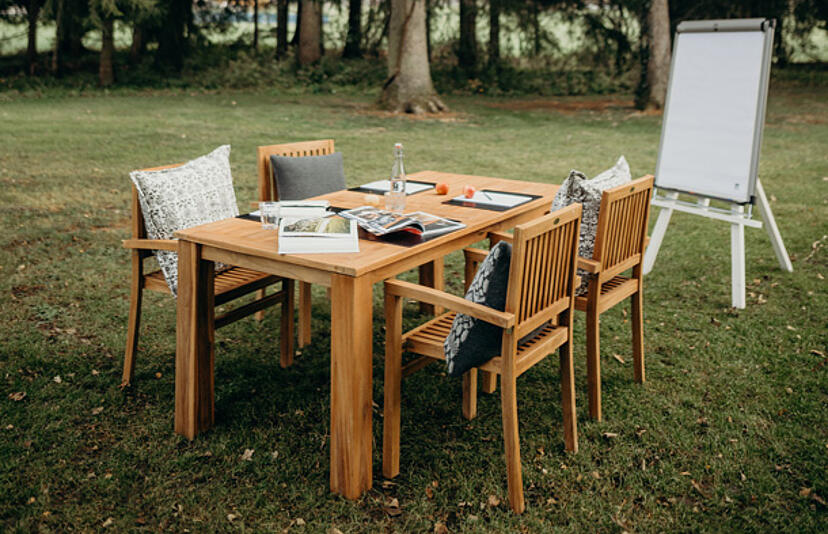
Innovatives für neue Höhenflüge
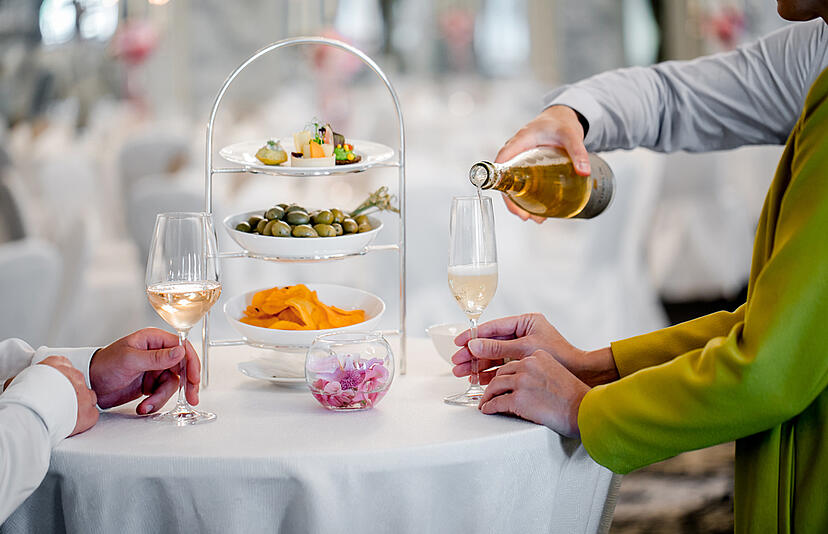
Stilvoll tagen im Kanton Bern
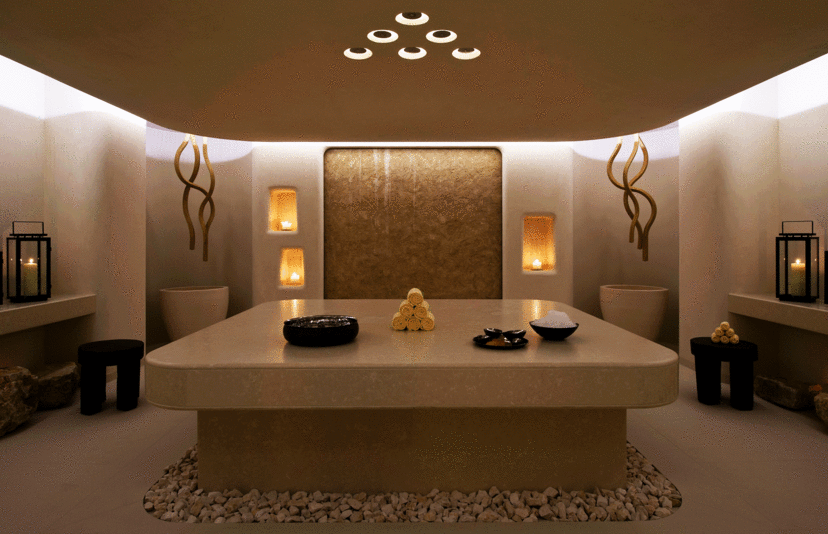
Entspannt tagen in der Region Bern

Hoch hinaus - für unvergessliche Events in den Bergen
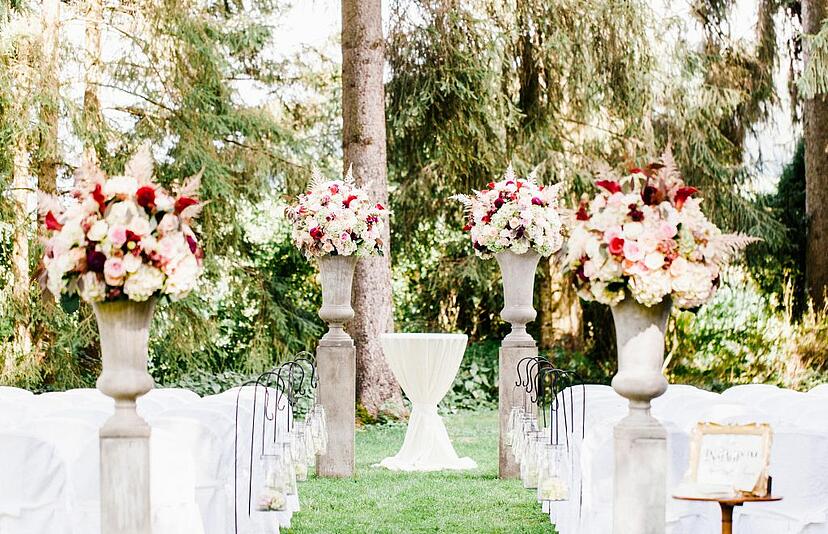
5 Hochzeitslocations zum Verlieben
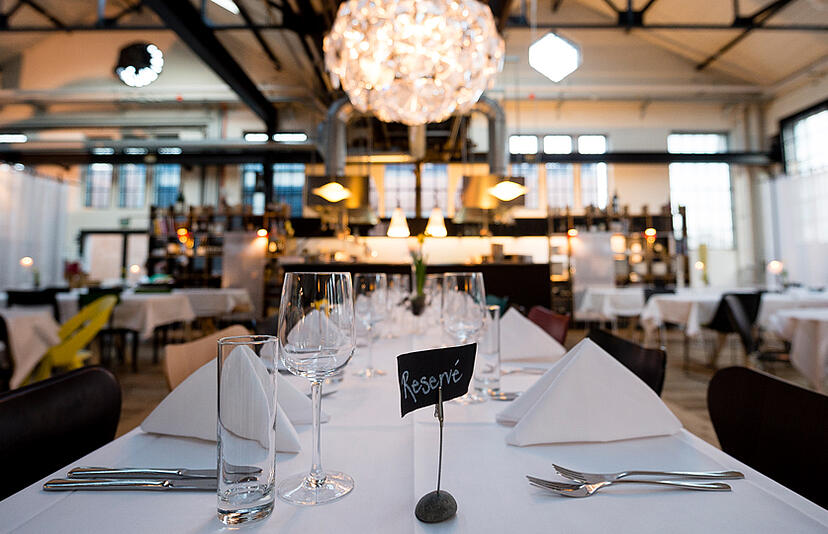
Die aussergewöhnlichsten Eventlocations im Kanton Bern
